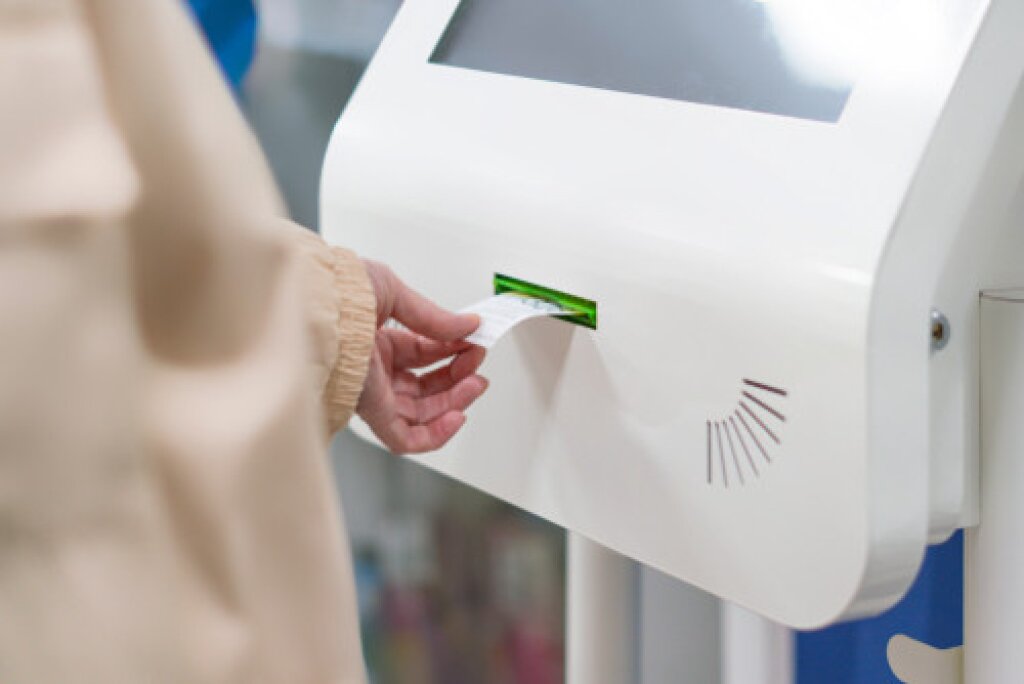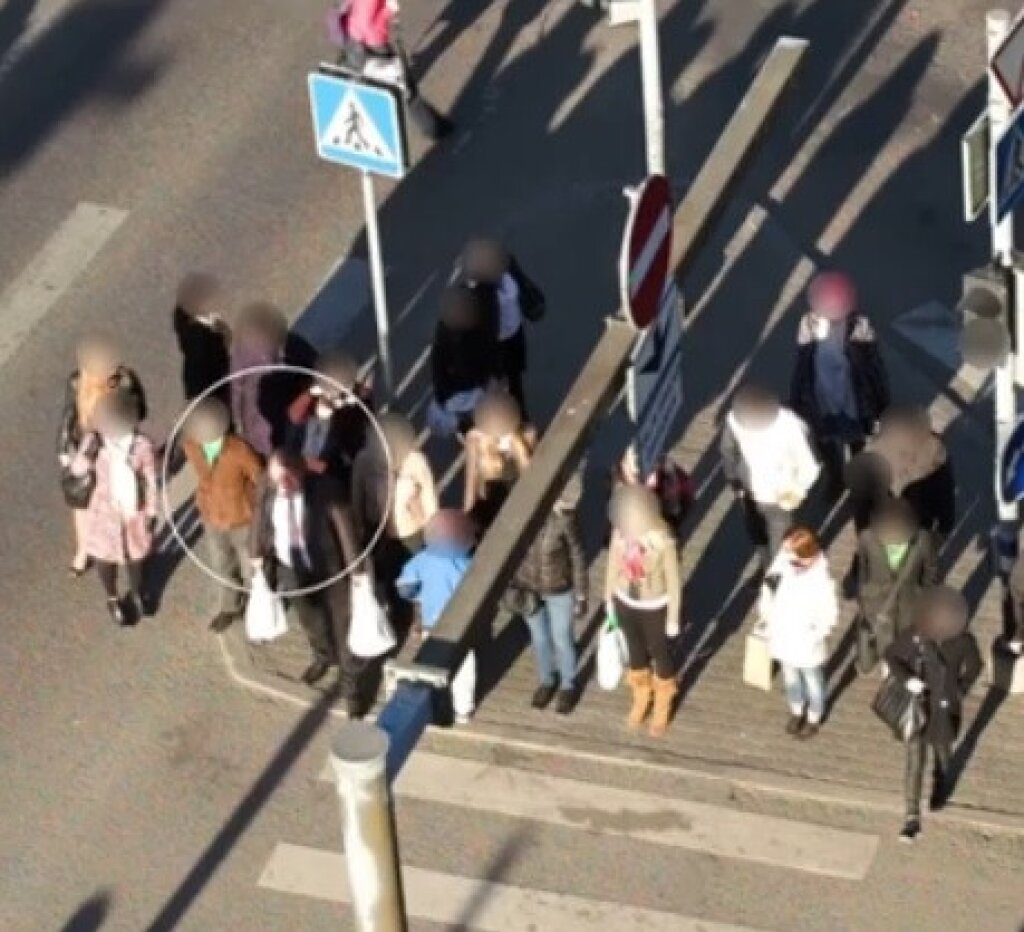What is a smart city?
The purpose of a smart city is to add digital intelligence to the urban world and to use the data captured to solve public problems and achieve a better quality of life. Until recently, city leaders thought that smart technologies would be used as tools for becoming more efficient behind the scenes, but now technology is being injected more directly into the lives of residents.
Market value and Investment
As with any city upgrade, the rise of smart technologies requires substantial investment. The market size of the global smart city industry is set to double, from $410.8 billion in 2020 to $820.7 billion by 2025. This number is guided by global developments in IoT technologies.
Globally, Singapore is the current top smart city user and investor, followed by Tokyo, New York and London.
How smart cities use Smart Analytics to mitigate our energy crisis and promote sustainable living?
The cost-of-living crisis has the world now closely monitoring its energy output. Smart cities could really help in reducing expenditures by implementing dynamic electricity and heating tracking that can predict and alter energy usage based on consumer behaviour and habits.
For instance, water-consumption tracking, which pairs advanced metering with digital feedback messages, can help people to reduce consumption by 15% in cities where residential water usage is most high.
Smart city technology
Research has uncovered that in many parts of the world the biggest source of water waste is leakage from pipes. It is said that by deploying sensors and analytics we could cut those losses by up to 25%. Reductions in waste will save organisations huge amounts in costs which may lead to huge decreases in bills for Smart city inhabitants.
It has been reported that Beijing has managed to reduce deadly airborne pollutants by around 20% in less than a year by closely tracking the sources of pollution and regulating traffic and construction.
Sharing real-time air-quality information with the public via smartphone apps enables individuals to take protective measures. Awareness can help mitigate or lessen the chances of the population having negative health effects by 3 to 15%, depending on current pollution levels.
More comprehensive, real-time data gives us the ability to watch events as they unfold, understand how demand patterns are changing, and respond with faster and lower-cost solutions.

Smart city survey: smart-mobility
MGI took a snapshot of deployment in 50 cities around the world, to show a breakdown of activity around the globe. This includes an assessment of each city’s technology base, its current application rollout, and public adoption.
They surveyed residents about the smart applications implemented in their cities. The report shows cities in which operation and citizen satisfaction are most effective, with Asia showing the most successful.
It is said that by 2025, cities that deploy smart-mobility applications have the potential to cut commuting times by 15 to 20% on average. This data will help minimise pollution and assist citizens to achieve a more sustainable way of living.
Research shows that smart cities can really help to deliver a cleaner and more sustainable environment as the technology works to identify issues and collate data to help to prevent future problems.
Smart cities summary
As cities get smarter, they are becoming more liveable and more responsive and today we are seeing a preview of what technology could eventually do in the urban environment. It is not just about installing digital interfaces. It is also about using technology and data purposefully to make better decisions and deliver a better quality of life.
The latest report from the McKinsey Global Institute (MGI), Smart cities: Digital solutions for a more liveable future (PDF–6MB), analyses how dozens of digital applications address these kinds of practical and very human concerns.
It finds that cities can use smart technologies to improve some key quality-of-life indicators by 10 to 30%, numbers that translate into lives saved, fewer crime incidents, shorter commutes, a reduced health burden, and carbon emissions averted.
At Facit, we believe that the true key to achieving the largest potential inefficiencies in Smart Cities is how well citizens adapt to digital trends and use technology trends to their own advantage. I
t’s important that organisations that own data are able to easily distribute the data so it can be used to educate, raise awareness and improve livelihoods.
Smart cities of the future
Smart cities of the future will leverage advanced technologies to enhance urban living and sustainability.
Smart cities of the future will use the Internet of Things (IoT) to integrate sensors and data analytics for real-time monitoring and management of infrastructure, traffic and energy use.
Intelligent transportation systems will optimise traffic flow and reduce congestion, while smart grids will ensure efficient energy distribution and consumption.
Waste management will be streamlined through sensors that monitor bin levels and optimise collection routes.
Public safety will be improved with advanced surveillance and emergency response systems.
Data-driven decision-making will enhance urban planning and service delivery.
Smart cities will also focus on sustainability, using renewable energy sources and green technologies to reduce their environmental footprint.
Enhanced connectivity and digital services will improve quality of life and offer residents more convenience and access to information.
Overall, future smart cities will aim to create more efficient, livable and resilient urban environments.
How Smart Analytics help resolve the energy crisis
Smart analytics address the energy crisis by optimising energy consumption and improving efficiency.
Advanced data analysis monitors real-time energy usage across grids to identify patterns and predict peak demands. Monitoring allows for dynamic adjustments, which reduces waste and balances supply and demand.
Predictive maintenance for infrastructure prevents outages and extends equipment life.
Additionally, smart analytics support the integration of renewable energy sources, enhancing their reliability and effectiveness.
Overall, data-driven insights enable smarter energy management which contributes to sustainability and reduces environmental impact.
How we are helping at Facit
At Facit we are helping to implement some of these technological advancements such as installing Smart Count software in Manhattan residential apartment blocks to track how many individuals are in the lobbies and public spaces of residential spaces.
Our technology enables operational teams to have full insight to adjust lighting and heating systems that meet the needs of those in the building.
Through this extensive project, where we have also joined forces with Schneider, the electric lift company, we have integrated our Smart Count occupancy management solution within the lifts in the building block.
Our technology allows the building managers to have flow level occupancy insight, so they know how many people are inside the premises at one time, which can automatically feed into the building’s smart electric and heating systems so lights and heating can turn up and down according to the population of the building.
This reduction in carbon footprint can also mean financial benefits can potentially be passed down to the building’s residents, helping not just the organisation but the wider population.
Insights can also give an idea as to how often ventilation should take place or how frequent cleaning schedules and other operational tasks should happen including time management response for things like fire alarms so the building can be run as effectively as possible.
Smart technology can also aid security teams that manage office blocks, communal spaces or anywhere with high footfall when incidents, such as where trip hazards, electric safety concerns or even indecent assaults might occur. Our software can significantly help prevent incidents and reduce future mishaps.
Want to learn more? Talk to a member of our team about how our Smart Analytics Solutions can help support your organisation.



